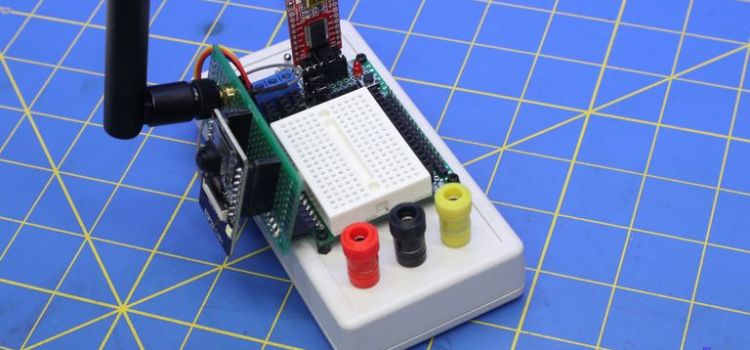The I2S protocol is not a misspelling of I2C, it is a protocol for controlling digital audio.
Today we will use the I2S protocol and some I2S peripherals with an ESP32. We’ll display microphone waveforms and build an MP3 player and an Internet Radio.









